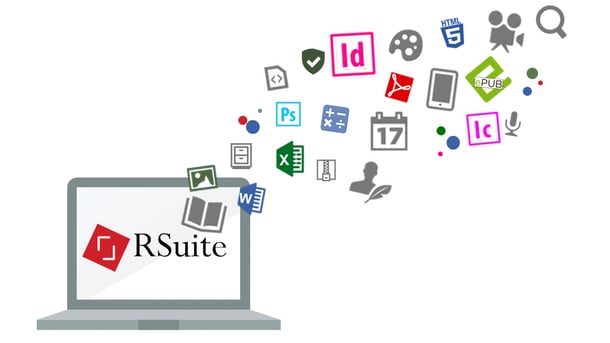
After seeing my infographic above, one of my colleagues asked me why I am so passionate about JATS (Journal Article Tag Suite NISO Z39.96) and its sister tag suite, BITS. There are two big reasons: first, their suitability for the task, and second, the dedicated team of experts that designed them and continue to develop them. That doesn’t mean I’m not an advocate for other tag suites. I am, so long as they serve my passion about XML and using the right vocabulary for the job at hand.
The JATS standard has been developed for the STM (Scientific, Technical, and Medical) journal publishing community and contains the markup necessary for publishers to develop, manage, produce, and deliver research articles. There are 3 flavors, listed from most to least restrictive:
- Article Authoring (Orange in the infographic)
- Journal Publishing(Blue in the infographic)
- Journal Archiving and Interchange (Green in the infographic)
The vast majority of JATS users work with JATS Blue. BITS, on the other hand, extends the JATS model for book-like structures and includes tags for front matter, back matter, parts, and chapters. A third tag suite based on JATS is in use at ISO and is being standardized for use by international standards bodies and SDOs (Standards Development Organizations), which submit their standards to the international bodies for approval.
Which one should I use?
If you’re a journal publisher, any or all of these forms of JATS might be the right tag set for your journals. It really depends on your particular situation.
Take authoring, for example. For most journal publishers, content is written by researchers who don’t author in XML, so there’s little need for the JATS Authoring DTD. These publishers might transform the original content (often supplied in Microsoft Word) to the JATS Journal DTD (Blue) after the content creation process. Other publishers have found they need to restrict the way their authors create content and require them to use the JATS Authoring DTD (Orange). Publishers converting an older, print-only back catalog may choose to use the JATS Archiving and Interchange DTD (Green), since its loose structure supports varying styles used over the years and does not require rework.
It’s not uncommon for a publisher to use multiple flavors of JATS and BITS and then to customize them. What makes the most sense for your team depends on your content, your workflows, and the platforms that host your content; you may have to consider alternatives to JATS.
How do I choose the one DTD that works for everyone in my organization?
Sometimes you don’t choose only one!
It may make business sense to force everyone to use the same model, but it’s certainly not required. Many of our clients use multiple DTDs effectively for different communities of users within their organizations–the key is how you build your environment.
Start by finding yourself a good consultant
|
|
The best way to find out what you need is to hire a business analyst/content architect. After he learns about your business objectives and does a thorough analysis of your content, workflows, and processes, he can recommend the best vocabularies and customizations to be deployed at each stage of the process. He can help you develop transforms to make your tag sets interoperable and to make it easy to go from your authoring DTD to whatever other publishing and delivery models your organization requires. |
Invest in technologies to facilitate your choices
If you publish scientific articles, journals, or related content, there are a number of great tools on the market that support JATS and JATS-based DTDs out-of-the-box. Others help you to build the transforms needed to maximize your efficiency and create seamless delivery between authoring, publishing, and archiving. And of course, I can’t finish without pointing out the usefulness of a native-XML publishing automation system like RSuite to bring everything together.

Useful Resources
- JATS-Con 2017 Conference
- Past JATS-Con Proceedings
- JATS Resources

